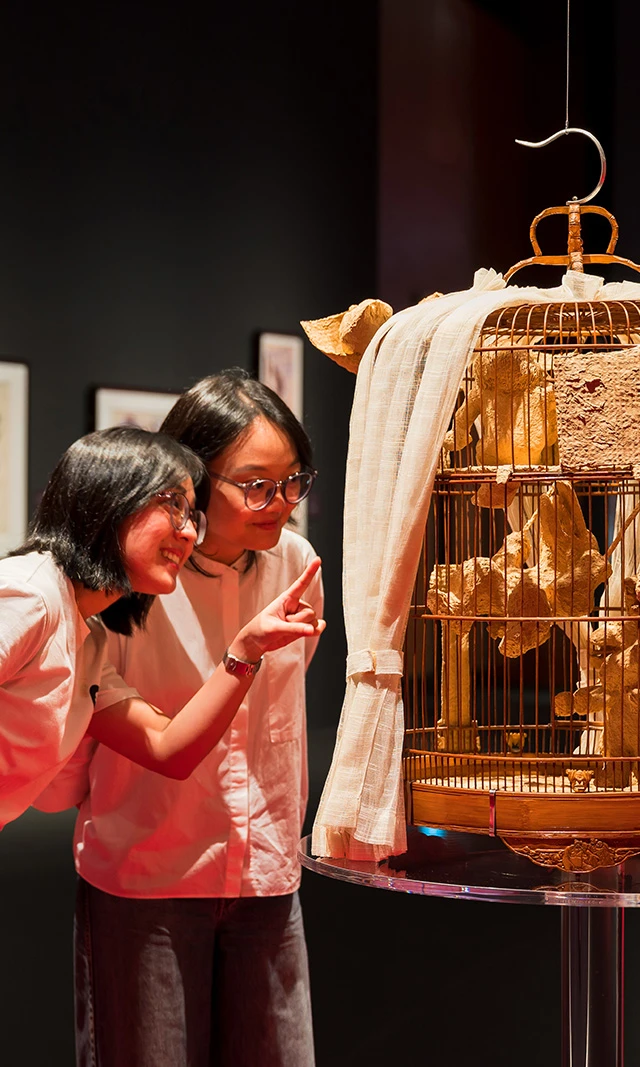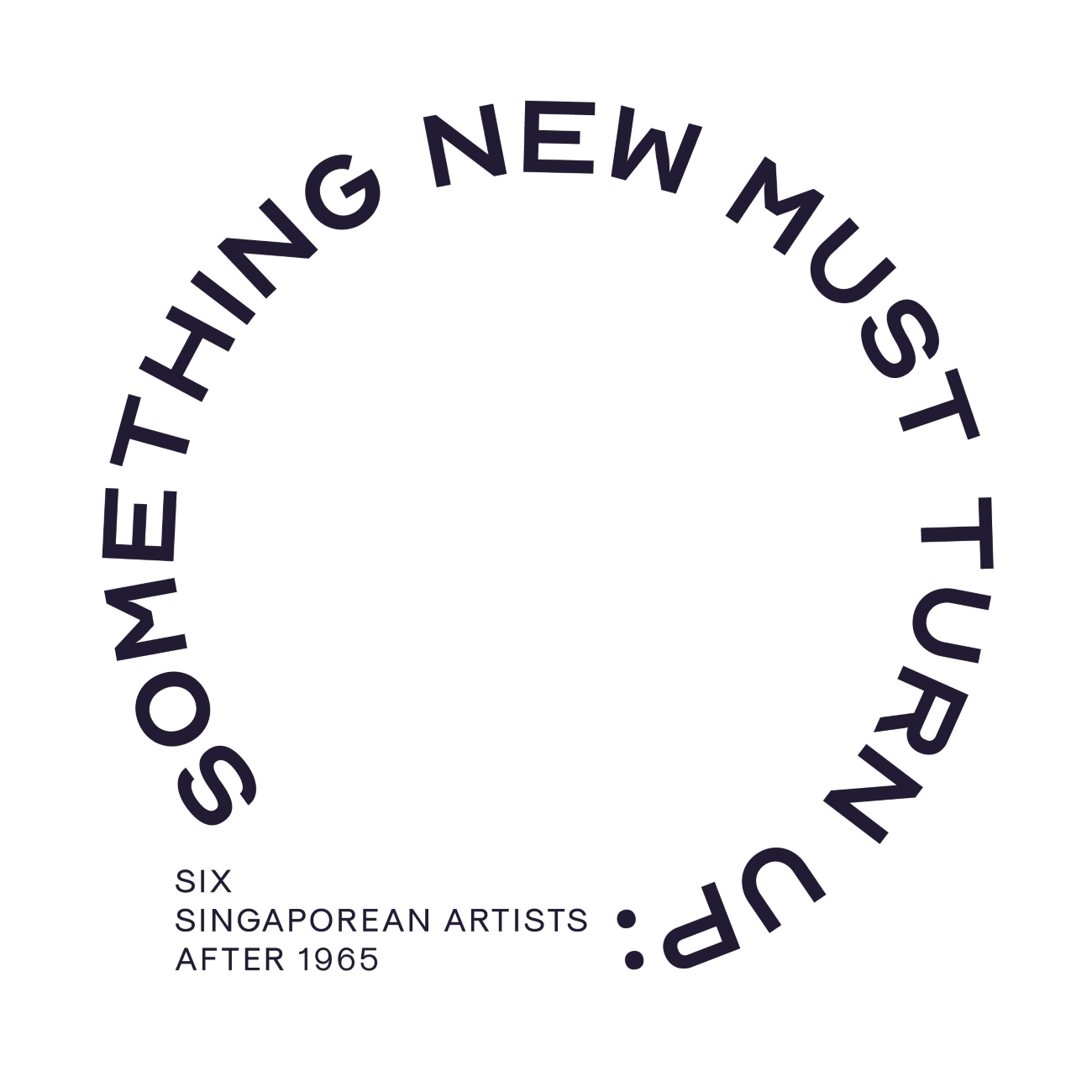Stop 5
On Changing
3405.On Changing(0:00)
0:00
0:00
Chng was also an avid writer and a voracious reader of Chinese literature, and the influence of this as well as traditional Chinese culture is evident in her works. In fact, the titles of the sections in this exhibition are all taken from her published writing.
The works in this section on the far side of the gallery were all made in the 1970s and 1980s, when Chng was keen to combine her knowledge of Chinese literature and culture with the skills in etching and collage that she had gained while studying abroad.
She also had an interest in Chinese philosophy, particularly with the ideas mentioned in the Chinese divination text I-Ching, or the Book of Changes. Written as a way of providing guidance for decision making, the I-Ching is a classic work in Chinese literature that inspired works like Obsession I and II, as well as Variations on I-Ching that you can see on the other side of this wall.
Each square in Variations on I-Ching relates directly each of the 64 hexagrams, or combinations of possible answers involved in this form of divination. Just like how one tosses coins to determine which hexagram pertains to your question, Chng too tossed a coin in the I-Ching and responded to the answer it gave her in the form of a mixed media composition.
You might notice that two works occupy the same space as Variations on I-Ching, both of them also assemblages made from a wide range of media. From Chinese philosophy, we now move on to Islamic mysticism as we take a closer look at the works of Mohammad Din Mohammad.










